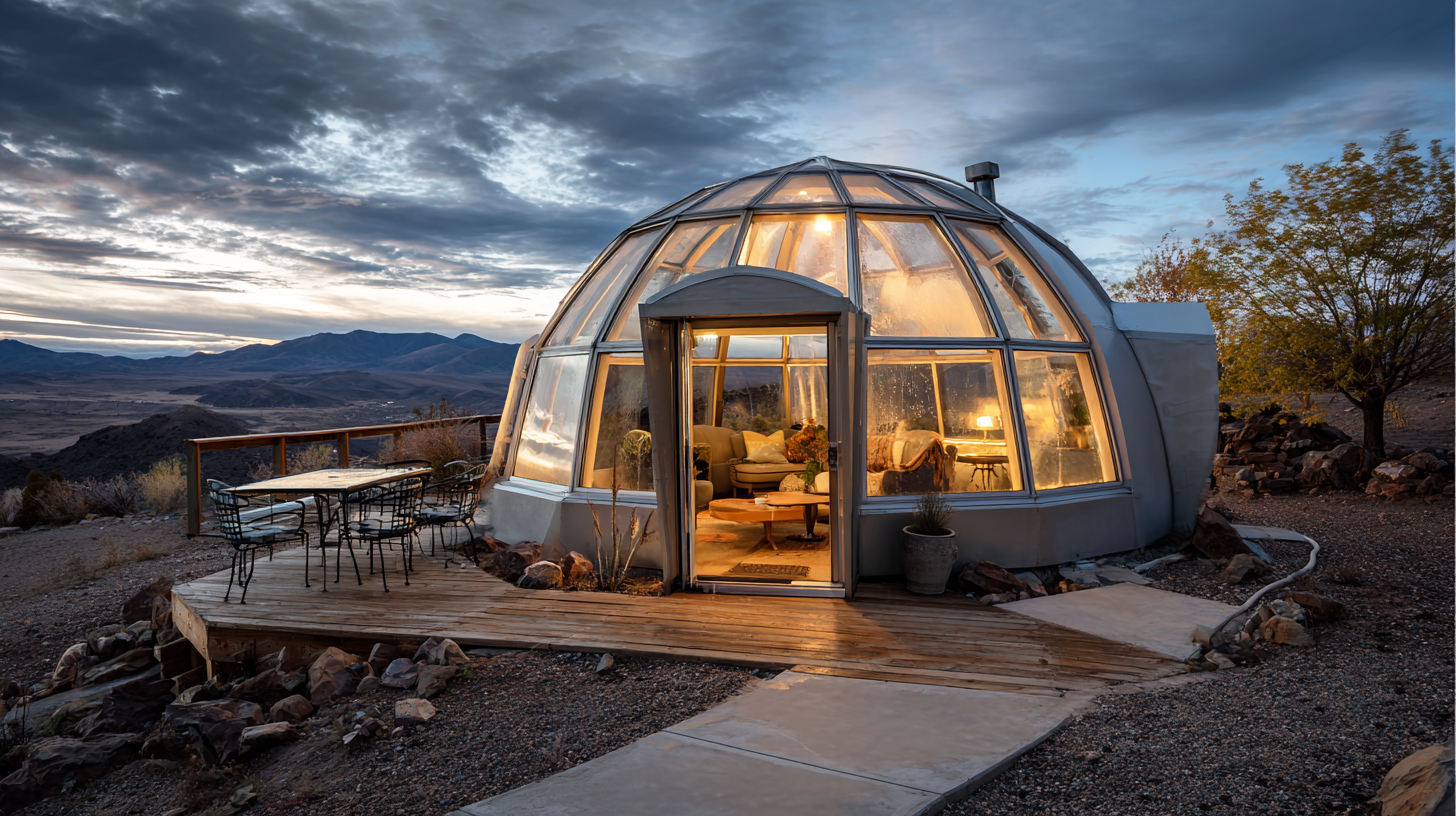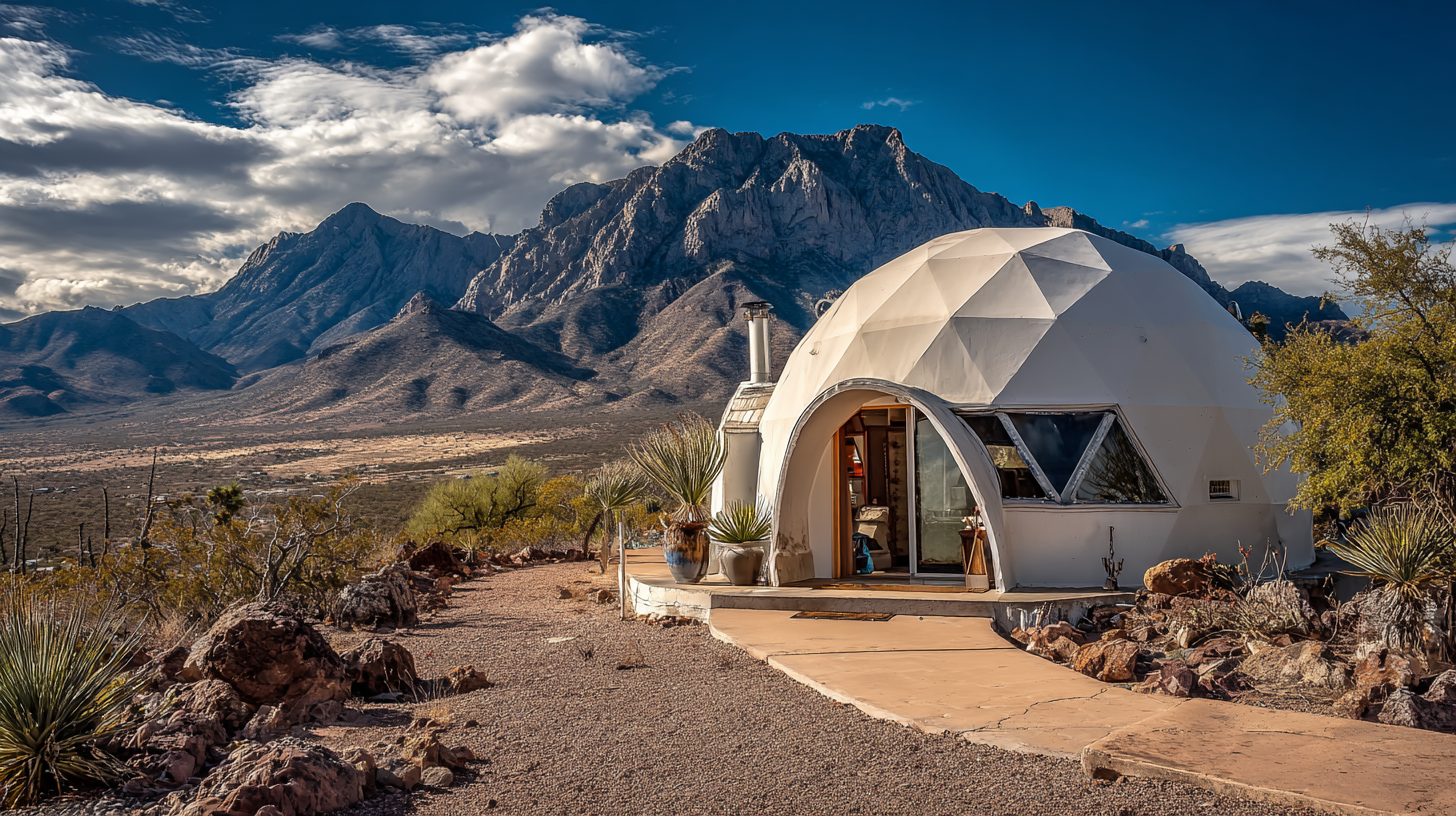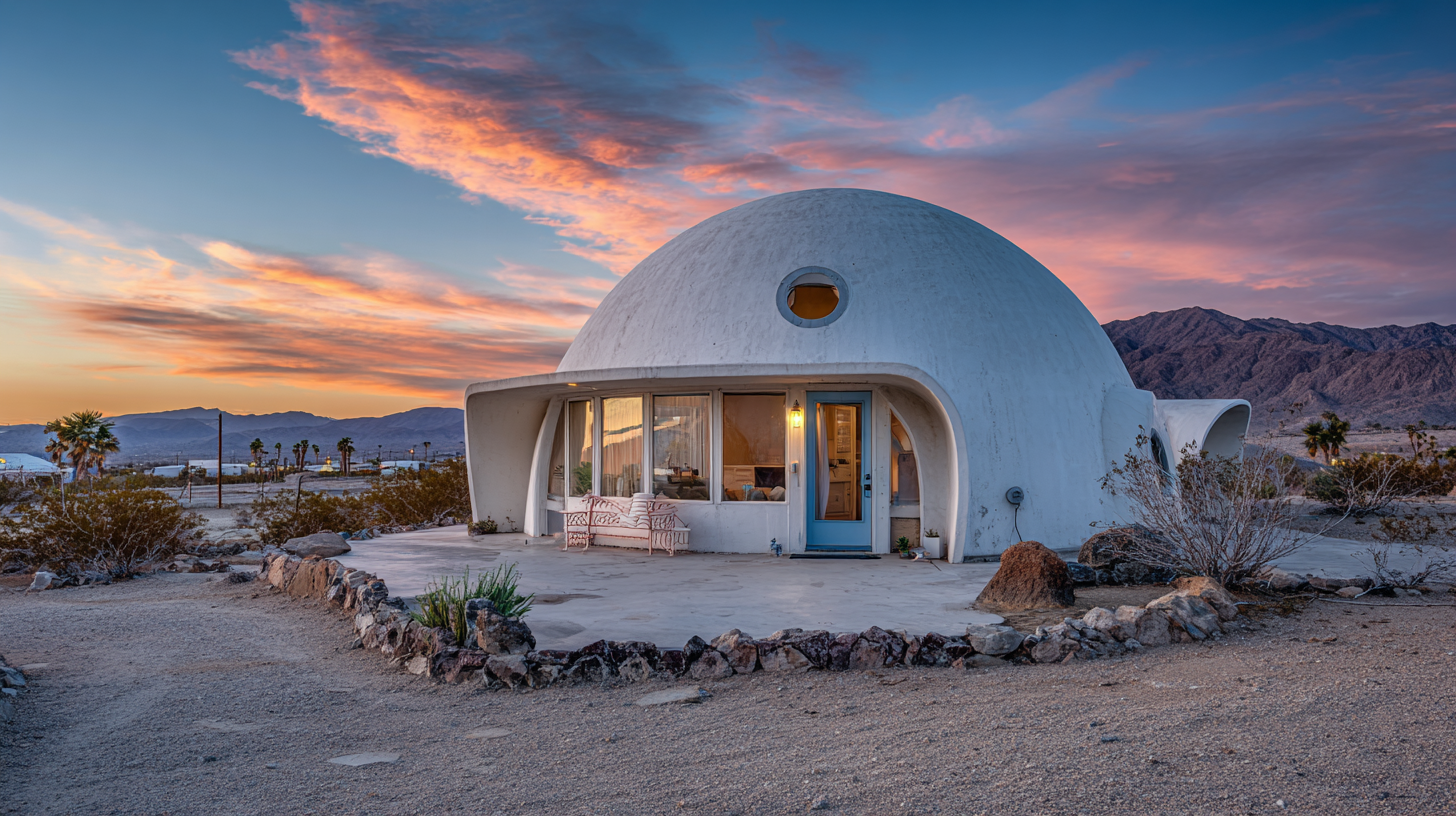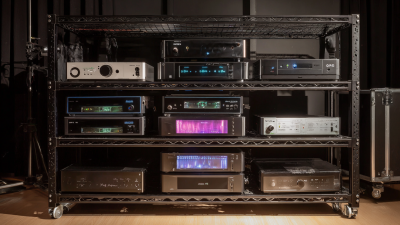In recent years, the rise of amateur astronomy has led to a growing interest in personalized stargazing solutions, with the Observatory Dome House becoming a favored choice among enthusiasts. According to a report by the International Astronomical Union, over 20 million people around the globe engage in stargazing activities regularly, indicating a significant demand for dedicated astronomical equipment and facilities. The Observatory Dome House not only provides a protective environment for telescopes and other gear but also enhances the stargazing experience through unobstructed views of the night sky. As the market for such structures continues to expand, understanding the key attributes that define the perfect Observatory Dome House is essential for both novice and experienced astronomers. This blog will explore the critical factors to consider when selecting the ideal Observatory Dome House tailored to your stargazing aspirations.

When it comes to choosing the perfect observatory dome house for your stargazing needs, understanding the different types of observatory domes is essential. There are several common types, each with its own advantages and drawbacks. For instance, the classic hemispherical dome is often favored for its simplicity and ease of installation. This design provides a smooth surface for ventilation and allows for a full, unobstructed view of the night sky, making it ideal for amateur astronomers.

On the other hand, geodesic domes are becoming increasingly popular due to their durability and structural strength. These domes can withstand harsh weather conditions and offer excellent energy efficiency. They provide ample interior space for telescopes and seating, making them a great choice for those who wish to host stargazing events. Additionally, rotational domes offer the flexibility to point the telescope in any direction. This adaptability is crucial for tracking celestial objects efficiently. By comparing these dome types based on their structural integrity, ease of use, and space availability, you can make an informed decision that suits your stargazing ambitions.
When selecting the perfect observatory dome house for your stargazing needs, there are several key features that require careful consideration. One of the primary factors is the material used in the dome's construction. Opt for durable materials like fiberglass or aluminum, which provide longevity and withstand varying weather conditions. These materials can enhance your viewing experience by minimizing thermal expansion, ensuring a stable environment for your telescopes.
Size is another critical aspect to think about. A larger dome enables better airflow and less heat buildup, which is essential for clear skies. Ensure that the size accommodates not only your equipment but also provides adequate space for you and your guests. If possible, test different configurations to see which suits your needs best.
Insulation is crucial for maintaining a comfortable temperature inside the dome. A well-insulated observatory will help reduce condensation and keep heat in during the winter months. Consider adding insulation materials that reflect heat during summer to create an optimal stargazing environment year-round.
Tips: To maximize your stargazing experience, consider including an automated opening mechanism for the dome, which allows for quick access to the night sky. Additionally, ensuring that the dome is located away from city lights will significantly improve visibility and ensure a more enjoyable astronomical adventure.
When selecting the ideal observatory dome house for your stargazing needs, understanding the market landscape is crucial. In the United States, small businesses dominate this sector, constituting a whopping 99.9% of all businesses. This statistic highlights the vibrant entrepreneurial spirit within the industry, offering diverse options for consumers. As you navigate this marketplace, consider the unique features and pricing structures prevalent among these small enterprises.
According to recent forecasts, the observatory dome house market is poised for significant growth, paralleling trends seen in related outdoor and entertainment industries. As more individuals seek immersive stargazing experiences, the appeal of dome houses equipped with advanced technology and materials continues to rise. Whether you're drawn by affordability or premium features, the variety available ensures that you can find a dome house that perfectly fits your requirements, enhancing your night sky explorations. The focus on market statistics not only aids in making informed decisions but also illuminates the increasing popularity of these specialized structures in residential settings.
| Feature | Average Price ($) | Diameter (ft) | Material | Popularity (%) |
|---|---|---|---|---|
| Basic Dome | $3,000 | 10 | Fiberglass | 25 |
| Premium Dome | $5,500 | 14 | Aluminum | 40 |
| Luxury Dome | $10,000 | 18 | Wood | 20 |
| Custom Dome | $15,000+ | Varies | Mixed Materials | 15 |
When it comes to maximizing your stargazing experience, the right equipment and technology play a crucial role. A well-equipped observatory dome house not only provides a clear view of the cosmos but also enhances the quality of your observations. Investing in high-quality telescopes with advanced optics can significantly improve your ability to capture celestial details. Look for models that offer computerized tracking systems to simplify the process of locating and following celestial objects, allowing you to focus on the beauty of the skies rather than the mechanics of your equipment.
In addition to telescopes, consider integrating accessories such as smart cameras and imaging software to capture stunning photographs of your astronomical discoveries. These tools can help deepen your connection to the universe, turning ordinary stargazing into extraordinary astrophotography. Furthermore, keeping abreast of the latest technology developments, such as enhanced mounting systems and remote observing capabilities, can ensure that your observatory remains at the forefront of stargazing excellence. By selecting the right tools and staying informed about advancements, you can truly elevate your nocturnal adventures under the stars.

Choosing the ideal location for your observatory dome is crucial, as it directly impacts your stargazing experience. According to the International Dark-Sky Association, light pollution is a significant factor that can obstruct views of celestial bodies. Areas with a Bortle scale rating of 1 or 2, typically found in remote or rural locations, offer the best conditions for observation. These dark-sky areas, where artificial light is minimal, allow for clearer visibility of stars, planets, and deep-sky objects, making them prime candidates for an observatory dome.
Additionally, geographic elevation plays a vital role in atmospheric clarity. Data from the American Astronomical Society indicates that higher elevations can lead to reduced atmospheric turbulence and better viewing conditions. Locations in the mountainous regions, such as the Sierra Nevada or the Andes, provide not only high altitudes but also dry climates that minimize moisture in the air, which can impair visibility. Therefore, when selecting the perfect spot for your observatory dome, prioritize dark-sky locations and higher elevations to enhance your stargazing pursuits.






